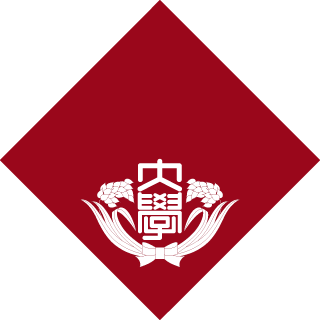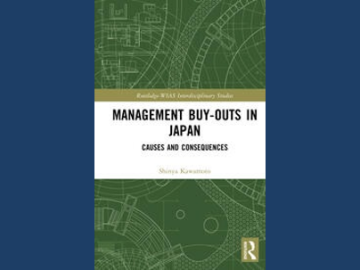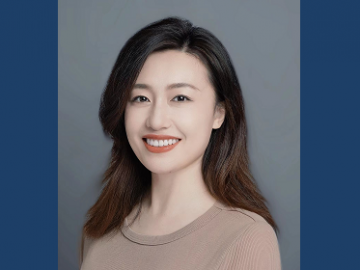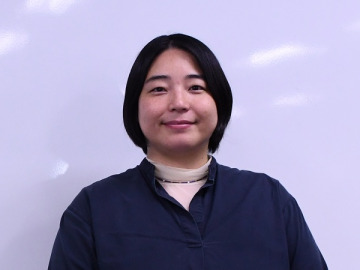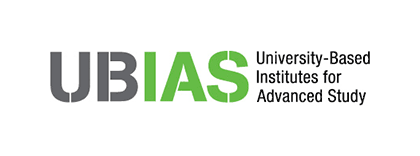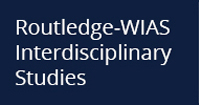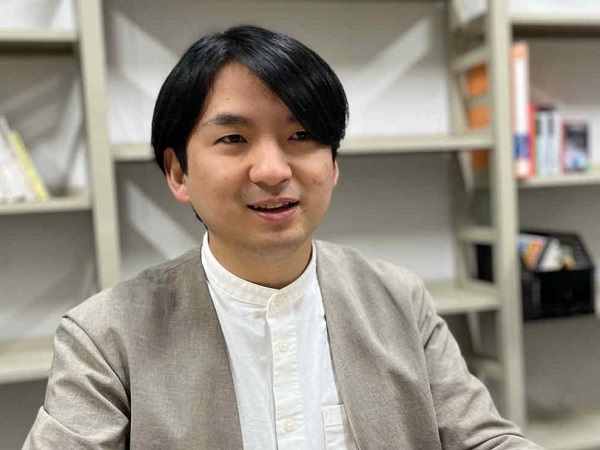
SUDO Ryushin, Assistant Professor
Born in a temple and started to study “Indian philosophy”, the origin of Buddhism
I study medieval Indian philosophy from the 5th to the 15th century, especially “argumentation theories.” “Argumentation” discussed in Indian philosophy was developed by medieval Indian philosophers. In particular, dialectics and rhetorics played an important role as methods for protecting the doctrines of one school from other schools, and an elaborate complex system of “argumentation studies” was developed through open vigorous discussions.
The schools of Indian philosophy include the so-called “six orthodox schools”, and each of the schools has explored a variety of subjects. The tradition of Indian argumentation has a long history comparable to the Western tradition of “argumentation” dating back to ancient Greece. Among the six orthodox schools, the “Nyāya school” is said to be the school that has primarily dealt with “logic” (nyāya) and “argumentation” and underpinned the development of these disciplines. The theme of my study is to elucidate Indian argumentation theories centering on this “Nyāya school” (Fig. 1).
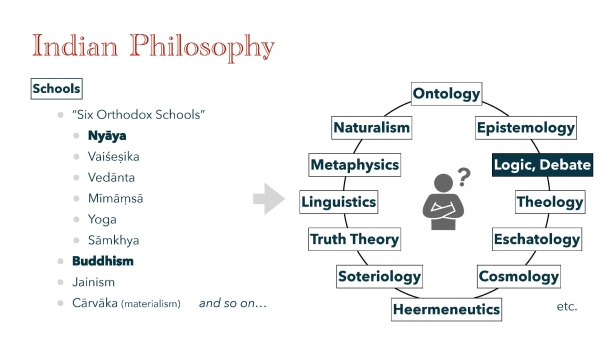
Fig. 1 Major schools of Indian philosophy (left) and main subjects discussed in Indian philosophy (right). The Nyāya school is a school that primarily explores logic, argumentation and epistemology.
I was born in a temple in Kumamoto Prefecture. Therefore, I first became interested in Japanese Buddhism at university, and then I began to study Indian philosophy, which can be considered the origin of Buddhism. The starting point for my current study was my reading of “Middle Way” (Mūlamadhyamakakārikā) of Buddhist literature in an undergraduate seminar. I had an image of Indian philosophical thought as mystical one, such as meditation and yoga, but I was quite shocked by the sophisticated and logical philosophical thought of the ancient Indians in “Middle Way.”
Argumentation Methods for “Pursuit of Truth” and “Practical Gain”
There are two types of argumentation types in Indian philosophy: “debate for those who are free from passion or wish for the truth” and “debate for those who desire their own victory”. In order to operationalize them correctly, the Nyāya school analyzes in detail the specific components of the debate (what kind of people will be involved in the debate, what means will be used, etc.) and how they are constructed. “Five-membered syllogism” is the main tool in debate. Its contents are a proposition, reason, example, application, and conclusion. A typical example is the “inference of fire on a mountain based on smoke” (Fig. 2).
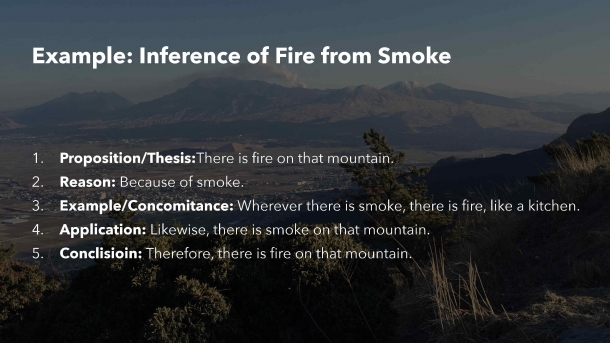
Fig. 2 Specific example based on the Nyāya’s “five-membered syllogism” in debate.
The argument is divided into five components to prove that “there is fire on that mountain.”
- There is fire on that mountain (proposition)
- Because of smoke (reason)
- Where there is smoke, there is fire, like a kitchen (example)
- Likewise, there is smoke on that mountain (application)
- Therefore, there is fire on that mountain (conclusion)
The Nyāya school is characterized by its use of the five-membered syllogism to argue philosophical issues. Other schools also use the syllogism, but the number of components differs, and in later Buddhist logic, the two-membered syllogism is also found. The difference in the number of inferential components has been a source of controversy among the schools, but the Nyāya school emphasized their completeness by finding correspondence with actual experience and persuasiveness in the five components.
Preparation of New Critical Edition
I aim to clarify the historical development of the way Indian philosophical arguments based on such arguments are constructed and operationalized, but to do so I have to read philosophical literature in Sanskrit and other languages. Therefore, I need to read manuscripts (handwritten transcripts of the philosophy and thought preached by thinkers) and texts that have been revised based on them. However, there are many difficulties in understanding because of insufficient critical revisions in previously published texts.
Therefore, it is necessary to check the original manuscripts of the revised editions and other sources and create a new critical edition. One of the projects I’m currently working on is the philosophical magnum opus Nyāyamañjarī (Flower Cluster of Logic) by Bhaṭṭajayanta, the 9th and 10th-century Kashmiri philosopher of the Nyāya school (Fig. 3).
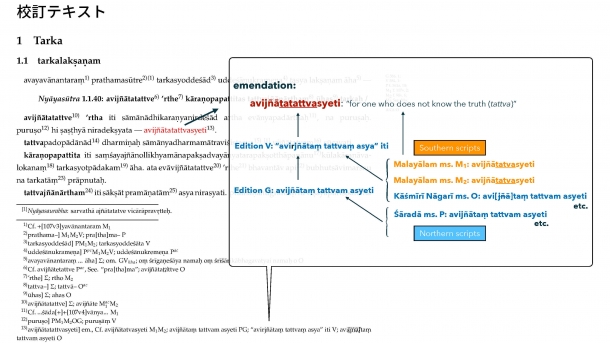
Fig. 3 Part of my new critical edition of Nyāyamañjarī (Flower Cluster of Logic), a philosophical magnum opus by Bhaṭṭajayanta, a philosopher of the Nyāya school active in Kashmir in the 9th and 10th centuries. The main text and the red text “avijñātatattvasyeti” in the balloon are the final readings based on my revision. M1, M2, O, and P are part of the original manuscripts that served as the basis for revised edition V (Edition V) and G (Edition G). Corrections to the readings of manuscripts M1 and M2, which were not adopted in the Edition V, were determined to be the correct readings.
The passages in Fig. 3 of “Nyāyamañjarī” have been published in several revised editions in the past, but since the two editions that have been revised from the manuscripts are Edition G and V, I checked those two editions. The oldest revised edition, G, is based on manuscript P, etc., and the later published V is based on the preceding revised edition and manuscripts M1 and M2, etc. Comparing the reading of “avijñātatattvasyeti” in the text in Fig. 3, I found that the reading “avijñātaṃ tattvam asyeti” in Edition G and the reading with typographical error in Edition V are not necessarily unreadable, but the connection between the text before and after is not natural. So, I considered it as incorrect. Then, I revisited the manuscripts O, P, M1, and M2, which were the original manuscripts of the Edition G and V, and found that the reading of manuscripts M1 and M2 that were not adopted in the Edition V and the revised “avijñātatattvasyeti” was a more plausible reading, which made sense easily and I presented it as the new readings.
Future Studies
The Nyāya scholars gradually changed their analytical method around the 11th century and established their style known as “Navya Nyāya”. The new Nyāya school discusses the content of argumentation in more detail than the earlier old Nyāya school, and clarification of the intricacies is a focus of future studies.
In addition, since the framework of “logic” and “argumentation” of the Nyāya school and Buddhism came to influence other schools such as Jainism in later periods, I would like to clarify how the view of argumentation changed in the various schools of Indian philosophy before and after the influence of the Nyāya school and others.
Coverage/Constitution: AIMONO Keiko
Cooperation: Graduate School of Political Science, Waseda University, J-School
